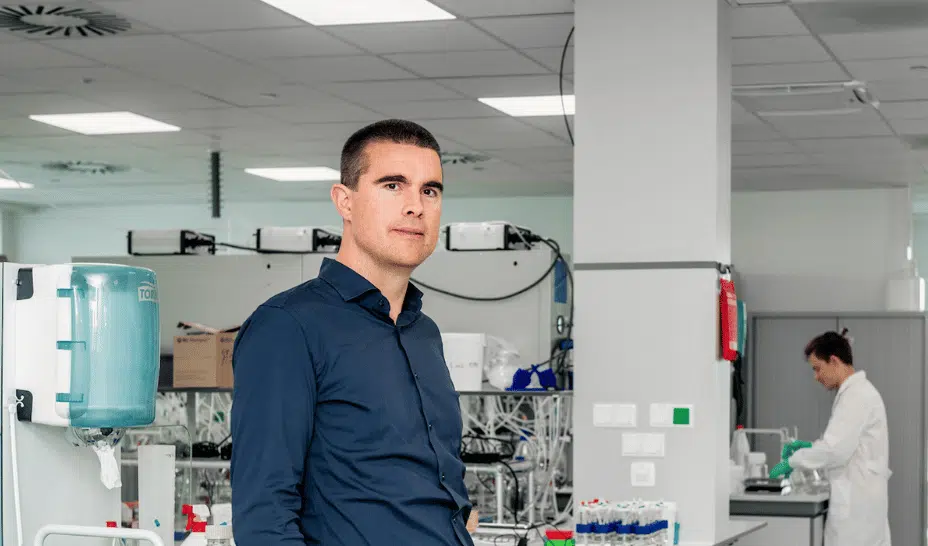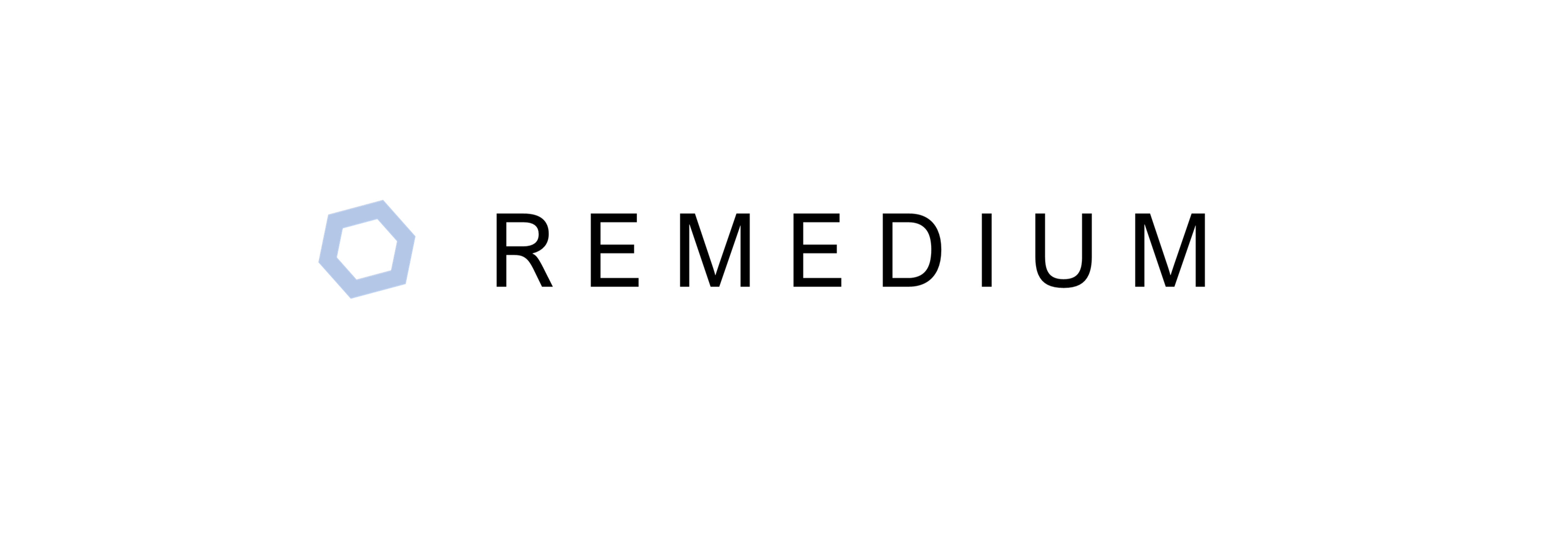From BIOtech to bioTECH: Meet Serial Entrepreneur Randal Kirk, CEO of Intrexon
There will be a lot of synthetic biologists at the upcoming conference, and a lot of entrepreneurs hoping to scale their company to greatness and riches (often these two are combined into the same person). It is, however, a difficult road, filled with challenges and pitfalls. Thus it is extremely refreshing to hear from those who have gone through the process, emerging from the other side with both success and an entrepreneurial itch that never quite goes away.
The second keynote at SynBioBeta be given by Randal Kirk
That’s why we are happy to have the second keynote at SynBioBeta be given by Randal Kirk, current CEO of Intrexon. Originally trained as an attorney, he moved into the business space with the founding of General Injectables and Vaccines, a medical supplies company which was eventually sold for USD 65 million. His next, New River Pharmaceuticals, developed abuse-resistant drugs such as Vynase for ADHD – the company went public in 2004 and was then bought out by Shire in 2007 for a quite impressive total of USD 2.6 billion.The company he currently heads, Intrexon, was founded by Thomas Reed in 1998 to target the then-nascent field of genetic engineering and synthetic biology. Originally known as Genomatix LTD, it changed to the more familiar Intrexon in 2005. Kirk has a long history with the company, having been named Chairman of the Board in 2008 and then moving on to CEO in 2009. Somewhere amongst all of this he also manages to find time to serve on the board of two publicly listed companies (Halozyme Therapeutics Inc. and ZIOPHARM Oncology, Inc.) while also running an investment management firm (Third Security, LLC).Intrexon’s core technology is synthetic biology, in particular the use of their Ultravector software-based DNA design/fabrication system. They have accumulated a large library of genetic elements (over a million so far, divided into 40 classes), which act as a box of options from which they can pick and mix to form all sorts of novel genomes in a wide range of species. As he commented in a recent Nature Biotech interview, their genome editing team “don’t really care whether they’re working on an avocado or a primary human T cell”. Their high-level approach towards genome engineering has been brought together such that they can offer clients an entire process from computational biology and bioinformatics through to genome engineering.Intrexon uses this technological basis to support a number of collaborations with other companies, and indeed Intrexon’s revenues predominantly come from Exclusive Channel Collaborations. These are agreements with partners to develop and produce new technology – in return for their expertise Intrexon receives both fees and royalties of newly developed products. Intrexon have also purchased a number of other firms, providing them with developable technologies including browning-resistant Arctic Apples; Aquabounty’s fast-growing GM salmon; ActoGenix’s therapeutic-producing microbes; and the ridiculously cute glowing dinoflagellate dinosaurs from BioPop. They also make quite a lot of money from cows, as Intrexon owns Trans Ova Genetics, a leading supplier of embryos to the cattle breeding industry.Their current fame is a far cry from the secretive early days in which even Craig Venter had not heard of the company. Intrexon grew from this point to eventually go public in 2013 – a textbook IPO in which the shares jumped 50% within a day to give a 24-hour market cap of USD 2.5 billion while making Randal Kirk’s shares worth more than 1.5 billion dollars. Those of us running the maths in our head will notice that this is a large percentage of the firm’s overall wealth, and indeed Kirk has generally tried to hold large amounts of the company under hiscontrol, commenting in an interview with Forbes that the existence of VCs behind start-ups was “a contraindication of success”. This is of course slightly ingenuous, he does after all own Third Security, a VC firm, but Third Security’s approach to investment is different to most in that they bet heavily on a small number of enterprises. This approach is presumably working well as this small group includes runaway successes such as Intrexon and Halozyme, while Third Security has over USD 3 billion in assets under management – not too bad really.The varied income streams available to Intrexon, its possibilities for further growth, and the known pedigree of its CEO led to significant investor interest and a rapidly climbing stock price. Once reaching these dizzying heights, however, the usual stock market divisiveness set in with numerous disagreements as to Intrexon’s prospects. This, combined with an overall drop in biotech stock prices (itself partly a backlash against price increases by Turing Pharmaceutical), has led to a general drop in Intrexon’s share price – leaving it approximately back to where it started.However, if history has taught us anything it is that serial entrepreneurs such as Randal Kirk have a habit of developing extremely successful businesses. Intrexon has a number of areas in which they can change the future, so we’ll have to wait and see what his next move will be. Or we can just ask him at the upcoming SynBioBeta SF conference – in case you are still on the fence about attending!Interested in hearing more from one of America’s most successful biotech entrepreneurs? Come along and hear his keynote speech: “From BIOtech to bioTECH"




.svg)









-min.png)

.gif)